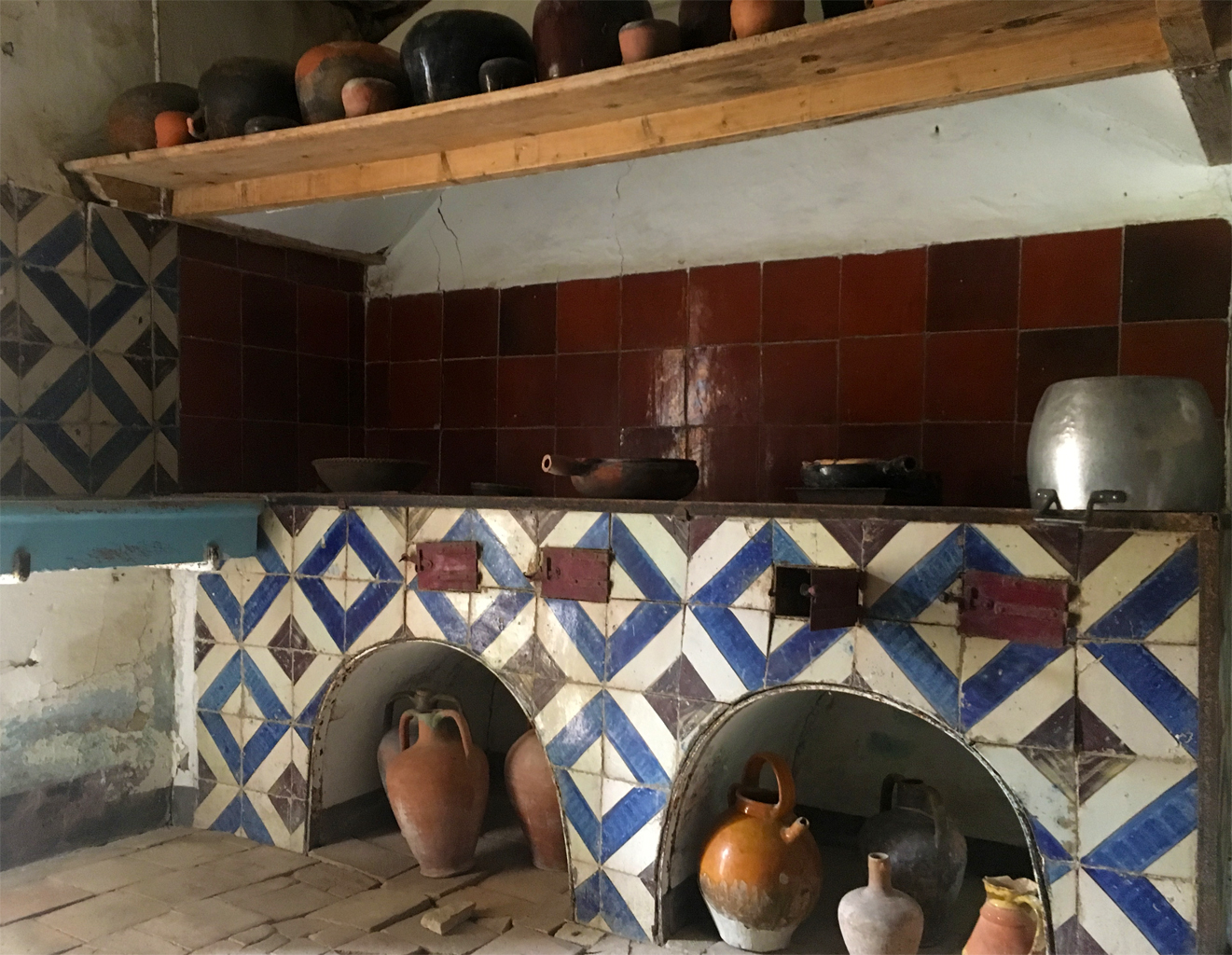
322/377: Simala
INSPIRATION

For the second time in this last part of the trip, my health conditions oblige me to skip a day (which I will spend at rest in the Il Mandorlo hotel in Baressa) and to cover two municipalities, fortunately small, on the same day.
I leave rested and arrive in a few minutes in Simala, another small village in Marmilla, not far from Pompu and Curcuris that I recently visited. In the Town Hall, where I temporarily leave my bike and luggage, the Mayor Giorgio, the majority group leader Gianmarco and the president of the Pro Loco Maria Luisa are waiting for me.

We set out along the streets of what is called the “village of portals“. And indeed every old house in the center has a beautiful wooden doors, surmounted by a stone structure and often by other ornaments. On the main road we skirt the old manor house of the lawyer Massidda, then a wall where the photos of the BiFoto Festival are on display (already seen in Mogoro) and go up towards the parish church visible at the end of the road.

We stop first to visit a beautiful eighteen-century manor house with an attached nineteen-century palace, which is shown to us cordially by the owner Tiziana. The house belonged to the Judge Eugenio Cancedda, son of the lawyer Salvatore, who built the palace, himself the son of Giuseppe, who got rich by cultivating land by day and by night and built the first nucleus of the house.

A part of the house, which overlooks the huge courtyard, is currently inhabited, while in the uninhabited part there are different rooms, the wagon shed, the old stables, the oil mill room, the haystack, the old kitchens. All the rooms still have tools and objects of the time in excellent condition, which Tiziana proudly shows us.

After the visit we go to the eighteenth-century parish church of San Nicolò Vescovo. The facade is sober, with a bell tower on which Monte Granatico was built, inside which there is a photographic exhibition of the historical portals of Simala.
The interior of the church is beautiful from the entrance, with a polychrome wooden door and a baptismal font in similar colours. The pulpit, the altar and many other parts feature superfine quality marbles and variegated colours.

Here, among the various wooden statues present, is that of San Nicolaus, coming from Gemussi, an ancient medieval village that has now disappeared, near the Rio Mannu river, the ancient local sacred river, around which there are important archaeological remains, from the Mansio, a Roman post, up to the remains of the Gemussi nuraghe.

Not far from here there is also another important manor house, Casa Diana, built by the Monserrat Deana family in the mid-sixteenth century, as revealed by the stone on the architrave which dates back to 1554. And then we get to Casa Mascia, recently acquired by the Municipality with the aim of restructuring it and making it accessible to citizens. These manor houses, but also smaller houses, are opened during the Portali Aperti festival, and their courts come alive with activities and the sale of local food and wine products, based on chickpeas, almonds, Cappelli wheat, and other products of this territory with an agricultural vocation.

From here we take a road that runs along the whole village, with cultivated fields on one side, and we arrive at the entrance of the village, where, on a hill, stands the country church of Santa Vitalia, built a hundred years ago on the ruins of a pre-existing church. Not far from here are the remains of a Roman road. Back in the center we go to lunch in a restaurant where Maria Luisa tells me some anecdotes about Simala and some of her historical characters.
SOUND FRAGMENTS
SARDINIAN SHORT STORIES
The witch Sebastiana Porru lived at the time of the Spanish domination. It seems that traces of lead were found in the Terra Prumu locality, where Sebastiana used it to make spells, probably for good purposeS. Because of this, the witch of Simala, together with another witch from Gonnoscodina, Maria Zara, was sentenced to death by the Inquisition and burned at the stake.
I ask Maria Luisa if there are still healers here in Simala but it seems not. Then I ask about famous people. And the name of Cornelio Pusceddu comes out, a native of Simala, an archaeologist who was a pupil of Antonio Taramelli, who participated in the excavations of the Nuraghe Cuccurada in Mogoro. With his teacher Taramelli, he discovered a beautiful mosaic in a Roman residence in the village of Genussi, with black and white tiles, which was covered for fear of grave robbers but which fortunately was photographed by Pusceddu himself.
And finally Monsignor Antonio Tedde, born in Sorso and bishop of the diocese of Ales-Terralba (of which Simala belongs) in the 1950s. In Simala, Monsignor Tedde worked for the creation of a kindergarten and fought for the opening of schools throughout the diocese, in order to bring education and culture to Marmilla. Thanks to this it seems that one year Simala reached the highest number of graduates per capita in Sardinia.
